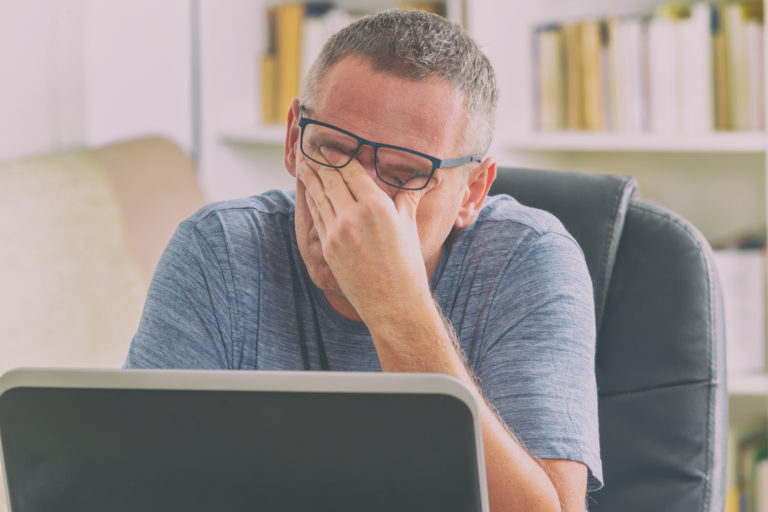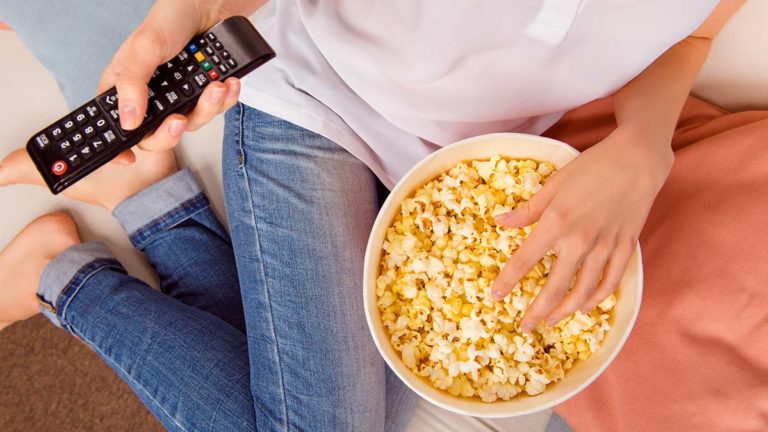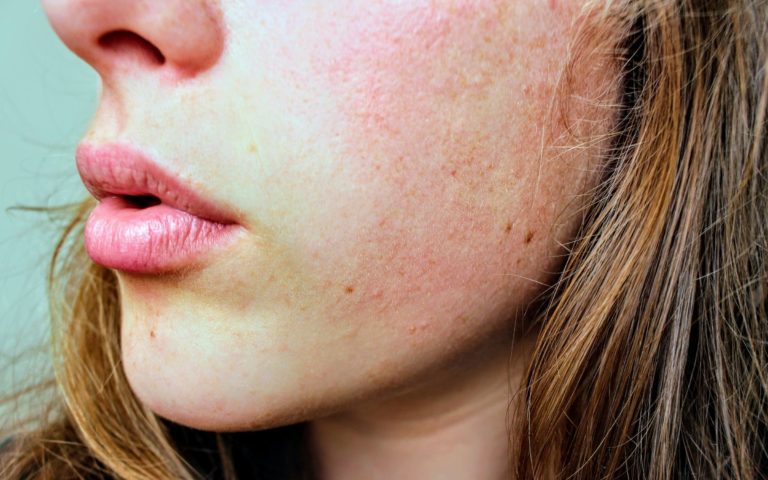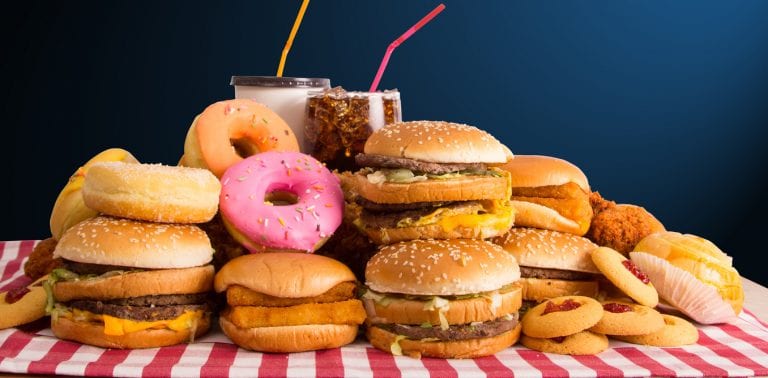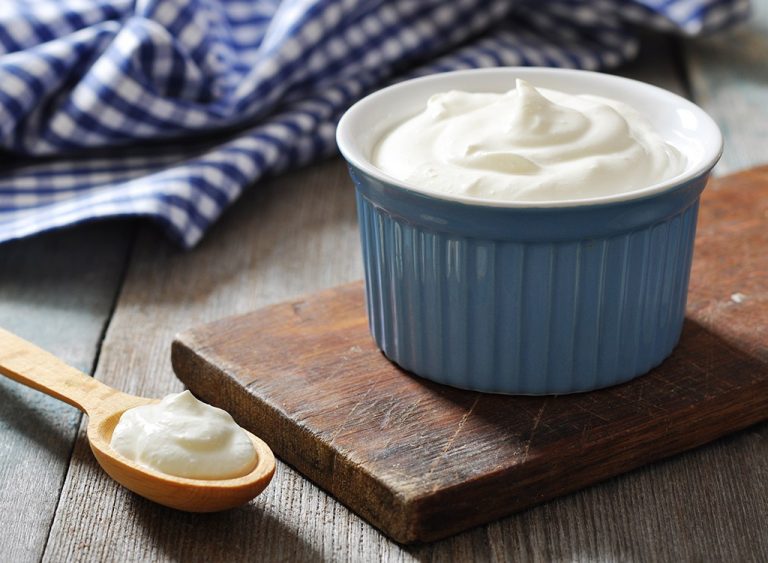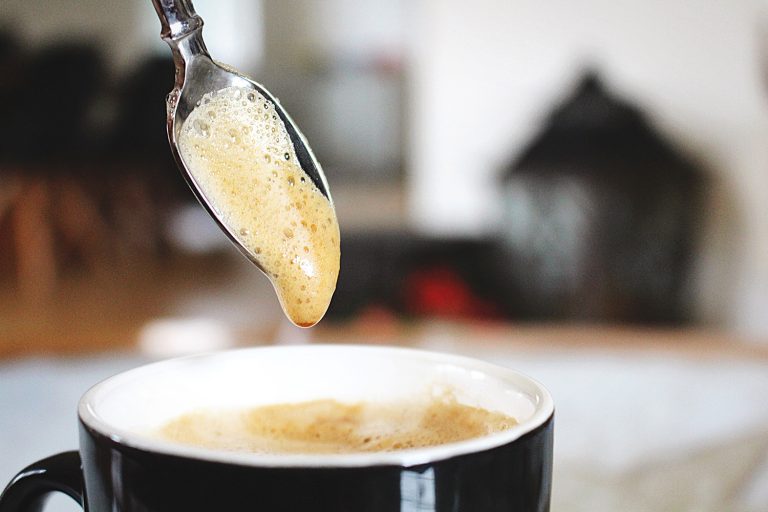
Pumping iron. Flat iron. Ironing a shirt. There are so many irons in our lives—and yet, do you know if you’re really getting enough of it in your body by eating iron-rich foods? Iron is a very important mineral that our bodies need.
And while you may know that not getting enough iron could be detrimental and may be the reason you have dark circles under your eyes, do you know much more beyond that? If you’re a little hazy on the signs of iron deficiency or want to know how to slip more iron-rich foods in your life, the following tidbits are exactly what you need.
We’ll explain why your body needs iron and how to know the signs of an iron deficiency.
What should you know about iron?
Your body needs iron to function.
”Iron is crucial because it is a key component of red blood cells, and you will have decreased oxygen-carrying capacity throughout the body if you’re low in iron,” says Julieanna Hever , MS, RD, CPT and a plant-based dietitian.
“This can lead to lethargy, increased risk for infections, and problems with your cardiovascular system.” Not getting enough iron is especially risky during pregnancy, Hever notes.
Iron deficiency is particularly common in women.
Anemia is when your blood doesn’t have enough healthy red blood cells, and iron deficiency anemia is a common type. “It’s particularly common in women, especially during their child-bearing years. In fact, it’s the most common deficiency in the world, affecting about one billion people,” says Sarah-Jane Bedwell, RD, LDN and a Nashville-based nutritionist.
“Women ages 19-50 need 18 mg of iron each day, but pregnant women need even more.”
There are two types of iron.
”The best sources of iron are ‘heme iron’, which is found only in animal products: meat, poultry, and fish,” Bedwell says. “‘Non-heme iron’ found in plant and animal products such as leafy greens, beans, fortified cereals, egg yolks, tofu, and dried fruits is less readily absorbed by the body.” But even vegetarian sources are better than no sources!
Iron is best paired with vitamin C.
Your body has a much easier time absorbing iron when you also eat foods that are a good source of vitamin C such as strawberries, citrus fruits, and tomatoes. And why not make your super-combo super-delicious? “For example, eat hummus made with lemon juice (the beans are high in iron, and lemon juice has vitamin C), a green smoothie (leafy greens plus fruit), or a chili with tomato sauce and beans,” shares Hever.
There are certain drinks you should avoid when eating iron-rich foods.
”If you tend to drink coffee or tea with your meals, you may want to cut back a bit since you absorb up to 40 percent less iron with coffee and as much as 70 percent less iron when you drink tea,” say The Nutrition Twins, Lyssie Lakatos, RDN, CDN, CFT and Tammy Lakatos Shames, RDN, CDN, CFT.
Iron deficiency is important to address.
Don’t underestimate how much iron deficiency matters: “Although it is usually mild, the fatigue associated it with can disrupt your work and personal life,” explains Lisa Hayim, a registered dietitian.
“It can even cause hair loss and pale skin. If more serious anemia is left untreated, it can result in heart problems and arrhythmia, and problems during pregnancy.” Simply put, Bedwell adds that iron is important because it helps carry oxygen to your muscles and brain.
What are the signs you may be iron-deficient?
You’re tired all the time.
Fatigue is usually the most common sign of iron deficiency, says Hever. “Unfortunately, many of the common signs and symptoms of iron deficiency are nonspecific, and the most reliable way to diagnose is via lab tests,” she says. But if you’re constantly tired—even when you get plenty of sleep for several nights in a row—then that should be a big red flag!
You get frequent headaches.
”With less oxygen-rich cells to go around, chances are your brain isn’t getting the amount it needs. The oxygen deprivation can cause tightness in the head more frequent than usual headaches,” says suggests Hayim.
You suffer from a condition known as Pica.
”You may also see pale skin, weakness, and even a condition known as pica, which is a craving for non-food items such as dirt,” says Hever. Wait, what? Yes, you read that right. “Symptoms of iron-deficiency can include unusual cravings for non-nutritive substances, such as ice, dirt, or starch,” says Bedwell.
You have difficulty getting through a workout.
”There is a difference between being tired and fatigued as part of your normal life versus the fatigue you feel when you are iron deficient,” cautions Hayim. “If you feel you struggle to get up the stairs without becoming short of breath, or you barely finish a workout, you may be low or deficient in iron,” says Hayim. If you display any of these symptoms, your best move would be to talk with a medical professional ASAP.



